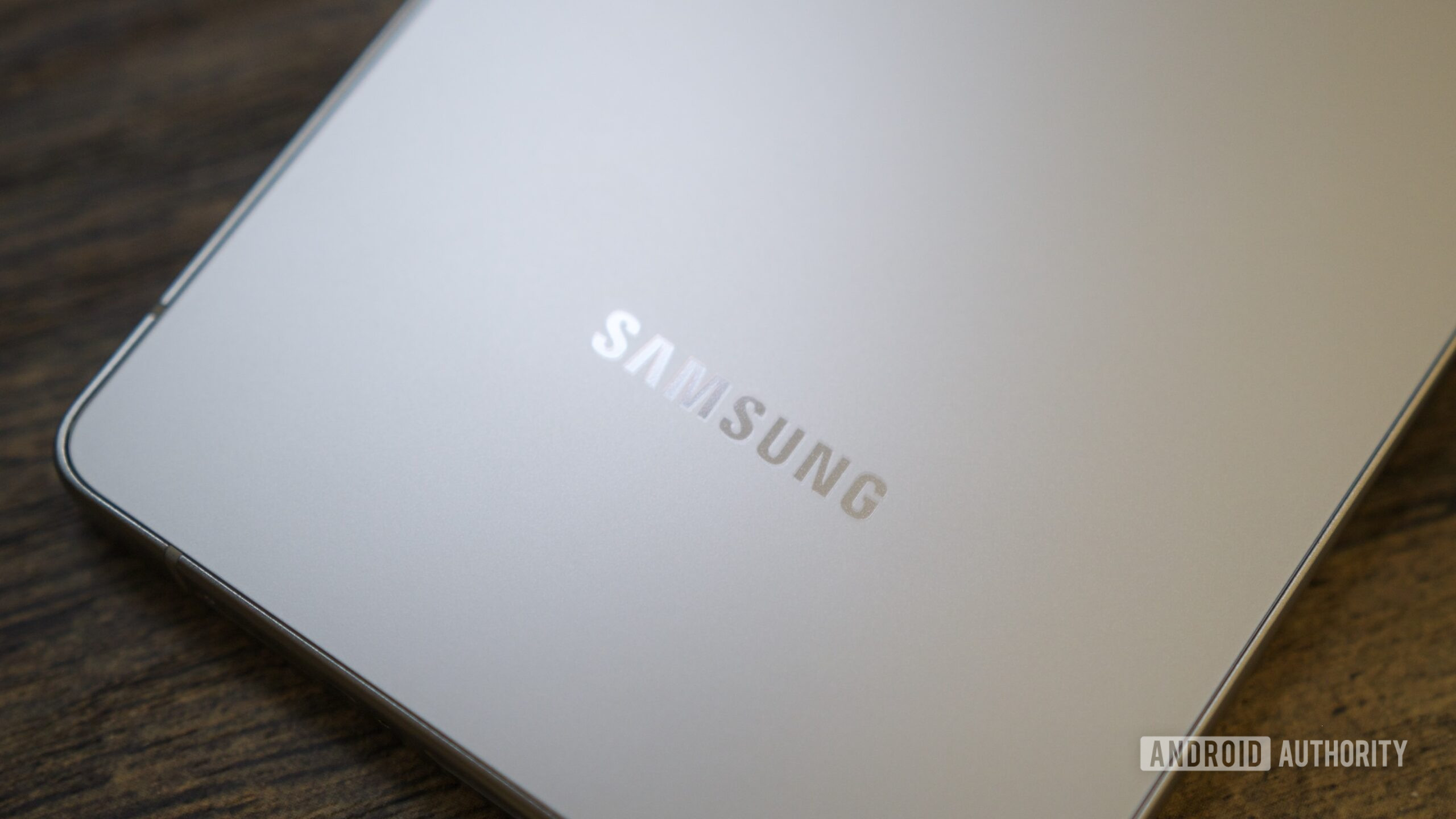IMAGINE your home was powered by the dirt in your back garden.
Well, that could be a reality for future lunar astronauts.
2

2
Scientists have discovered a way to use Moon dust to build solar power cells that can withstand powerful cosmic radiation better than cells built on Earth.
Using simulated lunar dirt – known as regolith – scientists have been able to create a new Moon glass.
“The solar cells used in space now are amazing, reaching efficiencies of 30% to even 40%, but that efficiency comes with a price,” explained lead researcher Felix Lang of the University of Potsdam, Germany.
“They are very expensive and are relatively heavy because they use glass or a thick foil as cover.
“It’s hard to justify lifting all these cells into space.”
Using this new technique, astronauts could build their own solar cells in space.
Doing so would remove the need to haul heavy materials from Earth to the Moon – which would greatly reduce launch costs.
It also means there will be greater capacity for materials that can’t be replicated on the Moon.
Scientists say the process of making moonglass solar cells is surprisingly easy.
So, future lunar astronauts will likely have to do it themselves.
Making solar cells on the Moon instead of Earth could cut transport costs by as much as 99%, according to the team behind the research.
It should also reduce a spacecraft’s launch mass by roughly the same amount.
And containing costs will make long-term lunar settlements – and even Mars colonies – more feasible.
“If you cut the weight by 99%, you don’t need ultra-efficient 30% solar cells, you just make more of them on the Moon,” added Lang.
“Plus, our cells are more stable against radiation, while the others would degrade over time.”
When zapped with space-grade radiation, the moonglass solar cells outperformed Earth-made ones, scientists wrote in science journal Device.
The Moon – our closest neighbour explained

Here’s what you need to know…
- The Moon is a natural satellite – a space-faring body that orbits a planet
- It’s Earth’s only natural satellite, and is the fifth biggest in the Solar System
- The Moon measures 2,158 miles across, roughly 0.27 times the diameter of Earth
- Temperatures on the Moon vary wildly. Nasa explains: “Temperatures near the Moon’s equator can spike to 250°F (121°C) in daylight, then plummet after nightfall to -208°F (-133°C). In deep craters near the Moon’s poles, permanent shadows keep the surface even colder — NASA’s Lunar Reconnaissance Orbiter has measured temperatures lower than -410°F (-246°C).”
- Experts assumed the Moon was another planet, until Nicolaus Copernicus outlined his theory about our Solar System in 1543
- It was eventually assigned to a “class” after Galileo discovered four moons orbiting Jupiter in 1610
- The Moon is believed to have formed around 4.51billion years ago
- The strength of its gravitational field is about a sixth of Earth’s gravity
- Earth and the Moon have “synchronous rotation”, which means we always see the same side of the Moon – hence the phrase “dark side of the Moon”
- The Moon’s surface is actually dark, but appears bright in the sky due to its reflective ground
- During a solar eclipse, the Moon covers the Sun almost completely. Both objects appear a similar size in the sky because the Sun is both 400 times larger and farther
- The first spacecraft to reach the Moon was in 1959, as part of the Soviet Union’s Lunar program
- The first manned orbital mission was Nasa’s Apollo 8 in 1968
- And the first manned lunar landing was in 1969, as part of the Apollo 11 mission
Standard Earth-made glass slowly browns in space, which can block sunlight and make them less efficient.
But moonglass apparently has a natural brown tint from impurities in the Moon dust.
These impurities prevent the moonglass from further darkening, and make the solar cells more resistant to radiation.
Nasa has plans to send humans to the Moon in September 2026 in its Artemis III mission.
They are targeting a landing near the lunar South Pole, which scientists believe hosts water and is therefore a good spot for a lunar base.
Both Nasa and the European Space Agency are looking into using lunar regolith to make 3D-printed “space bricks” for building habitation domes.
“From extracting water for fuel to building houses with lunar bricks, scientists have been finding ways to use Moon dust,” said Lang.
“Now, we can turn it into solar cells too, possibly providing the energy a future Moon city will need.”
All you need to know about planets in our solar system
Our solar system is made up of nine planets with Earth the third closest to the Sun. But each planet has its own quirks, so find out more about them all…
- How old is Earth? Plus other facts on our planet
- How many moons does Mercury have?
- What colour is Venus?
- How far away is Mars to Earth? And other facts on the red planet
- How big is Jupiter?
- How many moons does Saturn have?
- Does Uranus have rings?
- How many moons does Neptune have?
- How big is Pluto?
- How hot is the Sun?









